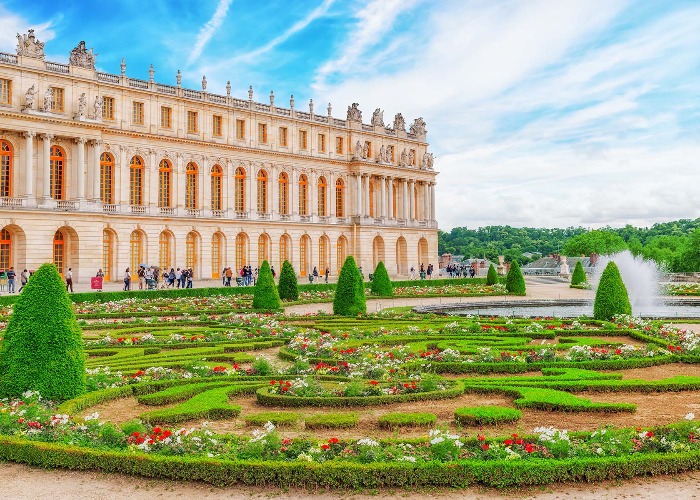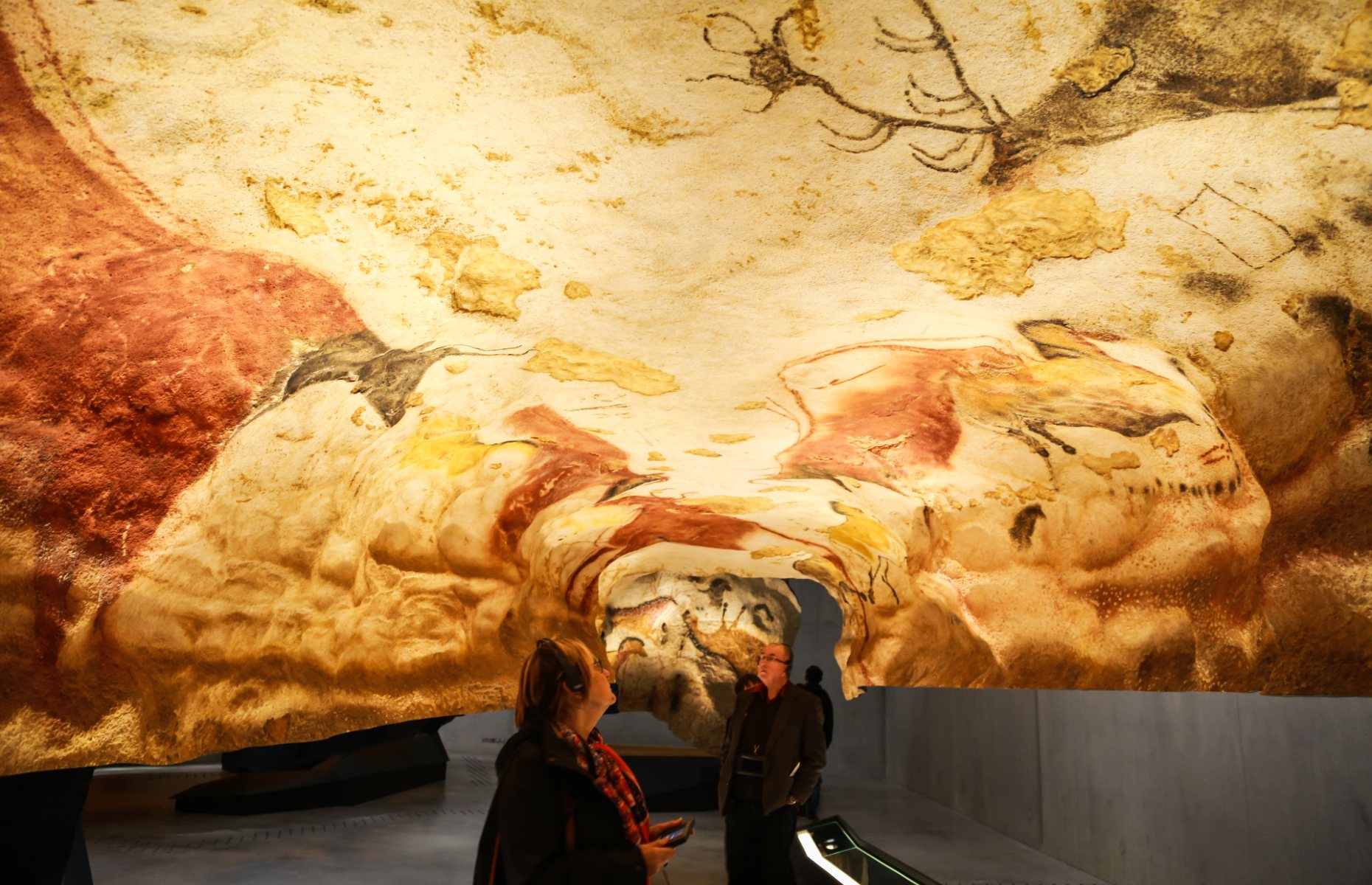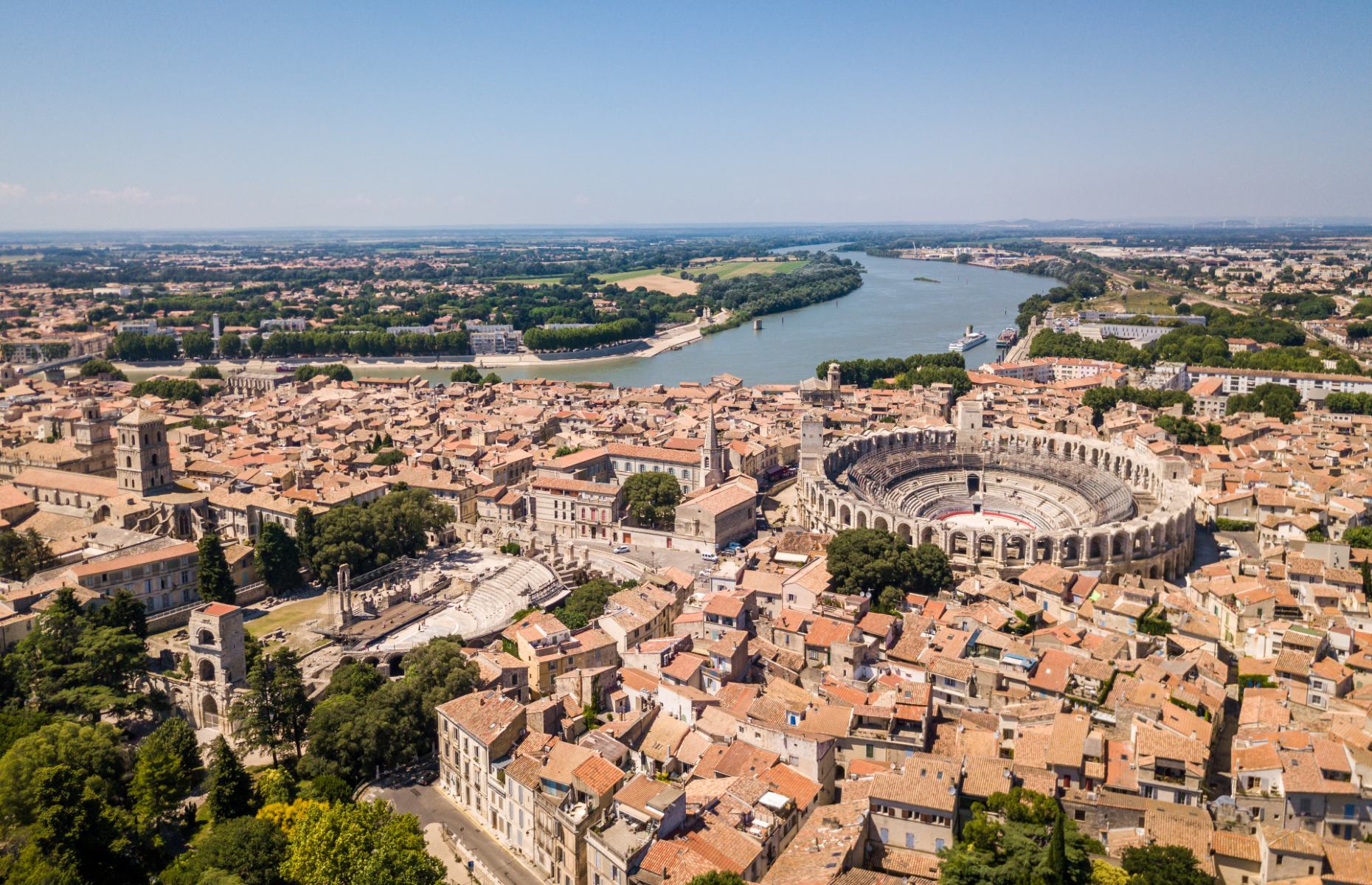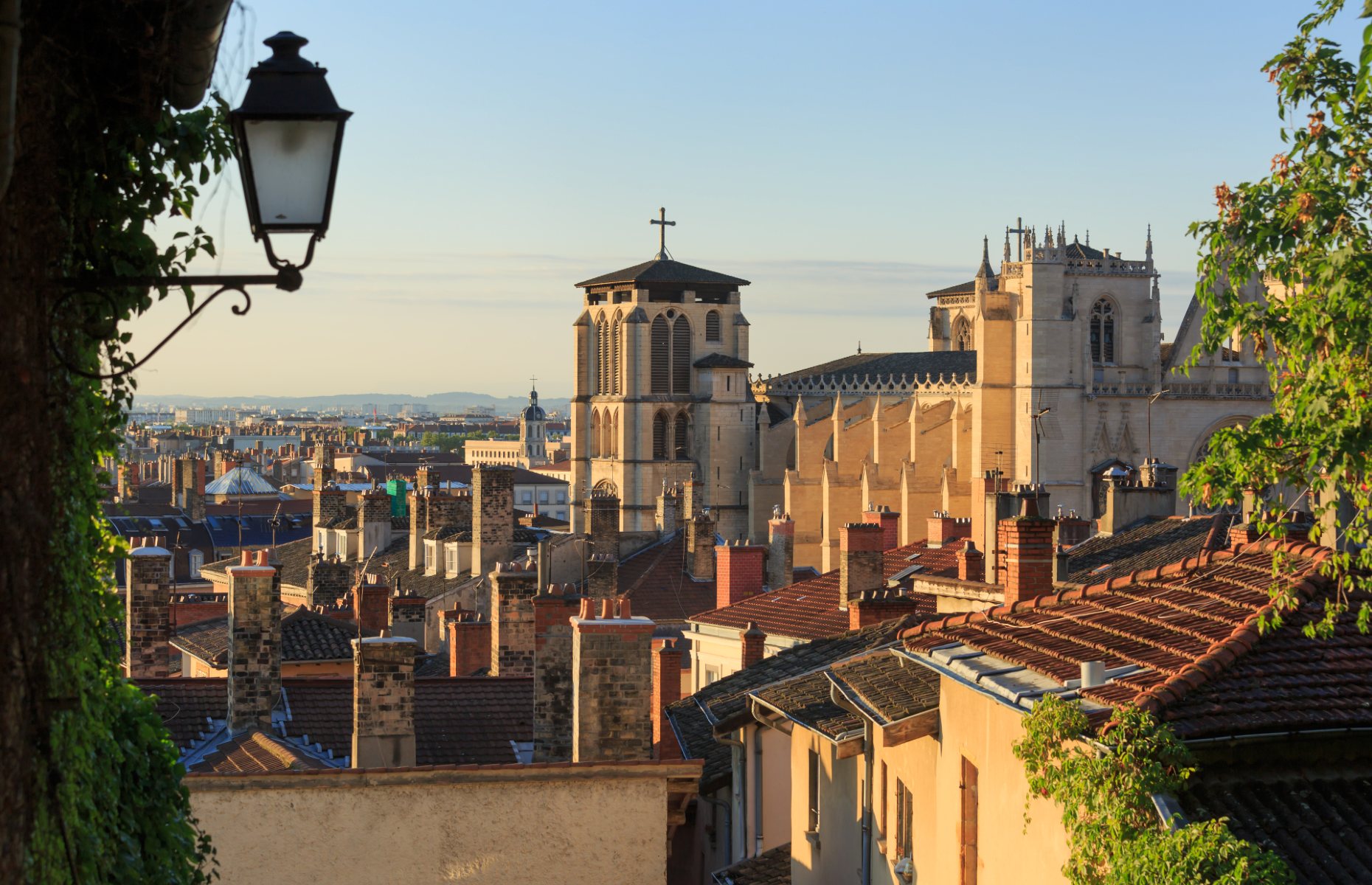Time travel through France

From prehistoric caves to war memorials, incredible historical buildings can be found all across France. If you are a history lover or architecture fan, these stunning sights will definitely fascinate you.
If your kind of relaxation is a good historical novel or a period TV drama, you’ll almost certainly be the kind of traveller who enjoys a bit of local history on your holidays. And whatever your favourite period from the past, France can help transport you there, whether that be Romans or the Renaissance, prehistory or the conflicts of two World Wars.
These are a just few of my favourite sites that will whisk you back to a bygone age:
See prehistory come to life
I’ve never forgotten my first sight of the bison, horses and deer painted by ancient cave artists on the walls of the mysterious Grotte de Niaux deep inside the Pyrenees. Dating back 17,000 years, they offer a spine-tingling encounter with Cro-Magnon Man who used the contours of the rock to convey movement and texture.
Head north from the Pyrenees to the Grotte du Pech Merle in the Celé valley near Cahors where extraordinary spotted horses watch over fossilised footprints and prehistoric hand prints. And close to the river Dordogne, Les-Eyzies-de-Tayac on the banks of the Vezère is home to the National Museum of Prehistory and the Font de Gaume painted cave.
Any brush with genuine prehistory is spine-tingling, but don’t underestimate the power of the replica. Close to Les-Eyzies, Lascaux IV is a stunning reconstruction of the famous painted cave that is now closed to prevent deterioration. Reproduced to the last millimetre, this authentic replica offers the bonus of a detailed visitor centre. Similarly, at Vallon Pont d’Arc in Ardèche, Grotte Chauvet 2 allows us all to experience hundreds of animal paintings representing 15 species and dating back an amazing 36,000 years.
 thipjang/Shutterstock
thipjang/Shutterstock
Rock it with the Romans
The Roman monuments of southern France and the Rhône Valley are among the grandest ruins left from this once mighty empire. Wow-factor guaranteed as you marvel at their expertise 2,000 years later.
I loved channelling my inner Roman thesp, looking up from the stage of the vast theatre in Orange at the steep tiers of seats, and soaking up the atmosphere of the twin theatres in Lyon and Vienne. Climb to the top tier in the arenas in Arles and Nîmes, and discover daily life in Gallo-Roman Nîmes at the Museum of Roman Life. Most Roman theatres are still in use today – buy tickets online for a summer theatre performance, opera production or music event among these ancient stones.
The Romans are just one period of history taking centre stage at Puy du Fou, a unique live-action theme park at Les Epesses between Nantes and Poitiers, which offers a choice of thrilling shows.
 LI SEN/Shutterstock
LI SEN/Shutterstock
READ MORE: 6 reasons to visit Puy du Fou
Meander through the Middle Ages
You don’t need a head for dates to remember 1415 and the Battle of Agincourt. You can still visit the field where headstrong, young English king Henry V defeated the mounted French nobility. Find out how at Azincourt1415, a medieval history centre on the edge of the battlefield, about an hour inland from Le Touquet on the Channel coast.
Henry V’s victory took place during the Hundred Years War, between Britain and France, and many strategic fortresses were built, especially on the rocky crags above the Dordogne Valley. Absorb the atmosphere of those brutal times at Castelnaud Castle with its extraordinary artillery collection.
Away from the battlefields, you can get a feel for everyday medieval life in villages all over rural France. Try the riverside village of Balazuc in Ardèche with its winding narrow streets now dotted with craft workshops or the fortified hilltop community of Gordes in Provence.
Larger towns were inevitably redeveloped, but the walled city of Provins, east of Paris, has survived almost intact and is now a UNESCO World Heritage site. After hosting international merchants at Champagne fairs during the Middle Ages, it miraculously escaped alteration when trade routes changed. For total medieval immersion, catch the festival on 25 and 26 June or one of the live action equestrian shows throughout the summer months.
 beboy/Shutterstock
beboy/Shutterstock
READ MORE: France’s most beautiful villages
Enjoy a taste of Renaissance Living
The French court migrated south to the Loire Valley in the 16th century to escape unrest in Paris. Today, their flamboyant castles and glorious gardens are testament to the lavish lifestyle of the aristocracy and international tourists flock to big hitters like François I’s hunting estate at Chambord and the ethereal Château de Chenonceau with its formal gardens and gallery over the river Cher.
But don’t overlook some of the less prominent properties. Leonardo da Vinci spent his final years at the charming Château du Clos Lucé in Amboise, a testimony today to his many ingenious inventions. And I love the different garden ‘rooms’ themed to legends and fairy tales at the turreted Château du Rivau at Lémeré near Chinon.
Closer to Paris, the UNESCO-listed Palace of Versailles – legendary home of ‘Sun King’ Louis XIV – is a must-see, but I’m equally fond of Vaux-le-Vicomte, built by his finance minister and confiscated by the jealous young king.
But the Renaissance wasn’t only about the well-to-do. Head to Lyon in the Rhône Valley to wander among the half-timbered buildings and colourful facades of Vieux Lyon, one of Europe’s largest areas of Renaissance buildings and now on the UNESCO World Heritage list. My top tip would be to book a guided tour of the traboules, secret passages leading to hidden courtyards and loggias.
 Sander van der Werf/Shutterstock
Sander van der Werf/Shutterstock
Remember the fallen of two World Wars
Two World Wars played out across the battlefields of Northern France, from the Channel Coast to the Champagne region, and you don’t have to have lost someone to be moved by the immaculate memorials, museums and cemeteries to the fallen. Discover the international work of the Commonwealth War Graves Commission at the new CWGC Experience in Beaurains near Arras.
Dip in and out of Great War history on the four self-drive Remembrance Trails of Northern France that include key towns such as Béthune, Bailleul and Cambrai, rebuilt in Art Deco style in the 1920s. For an overview of the whole conflict, visit the Mémorial'14-18 near Lens, the nearby Ring of Remembrance, and France’s largest national cemetery at Lorette. And for the infamous Battle of the Somme, head to the Great War Museum at Péronne and nearby Thiepval Memorial.
Fast forward barely 20 years to the Second World War and mor recent history comes to life in coastal towns like Dunkirk, scene of Operation Dynamo. The mass evacuation of troops in 1940 are also showcased in Christopher Nolan’s 2017 movie of the same name. With a dad who took part in the D-Day Landings in Normandy, the five broad sandy beaches of Operation Overlord never cease to move me. Don’t miss the remains of floating Mulberry harbours at Arromanches nor the British Normandy Memorial inaugurated in 2021 at Vers-sur-Mer.
READ MORE: Relax and recharge: a long weekend on the French Atlantic coast
Lead image: V_E/Shutterstock
Comments
Be the first to comment
Do you want to comment on this article? You need to be signed in for this feature